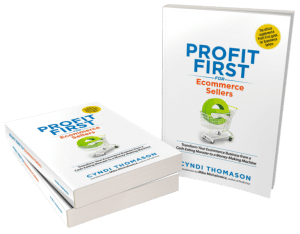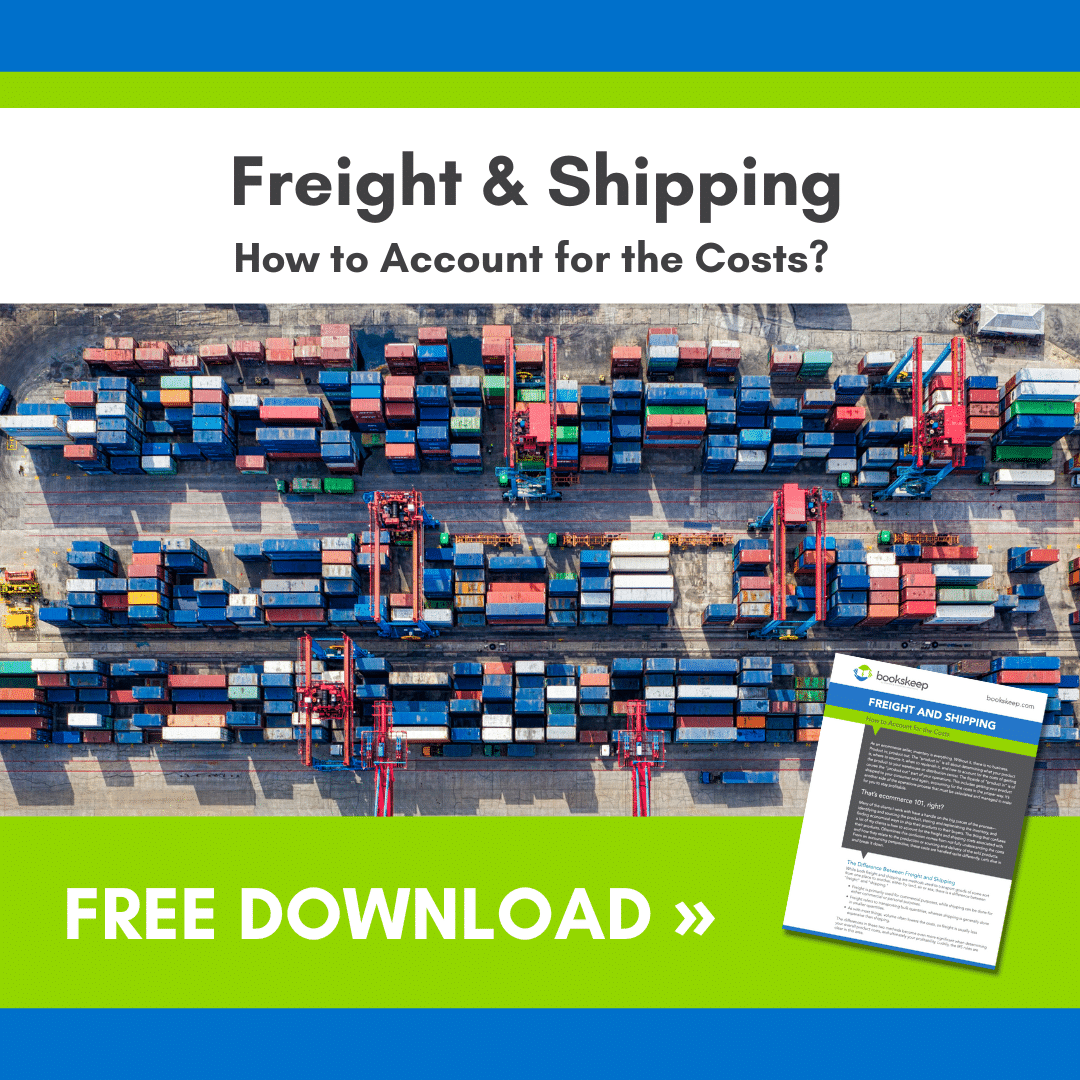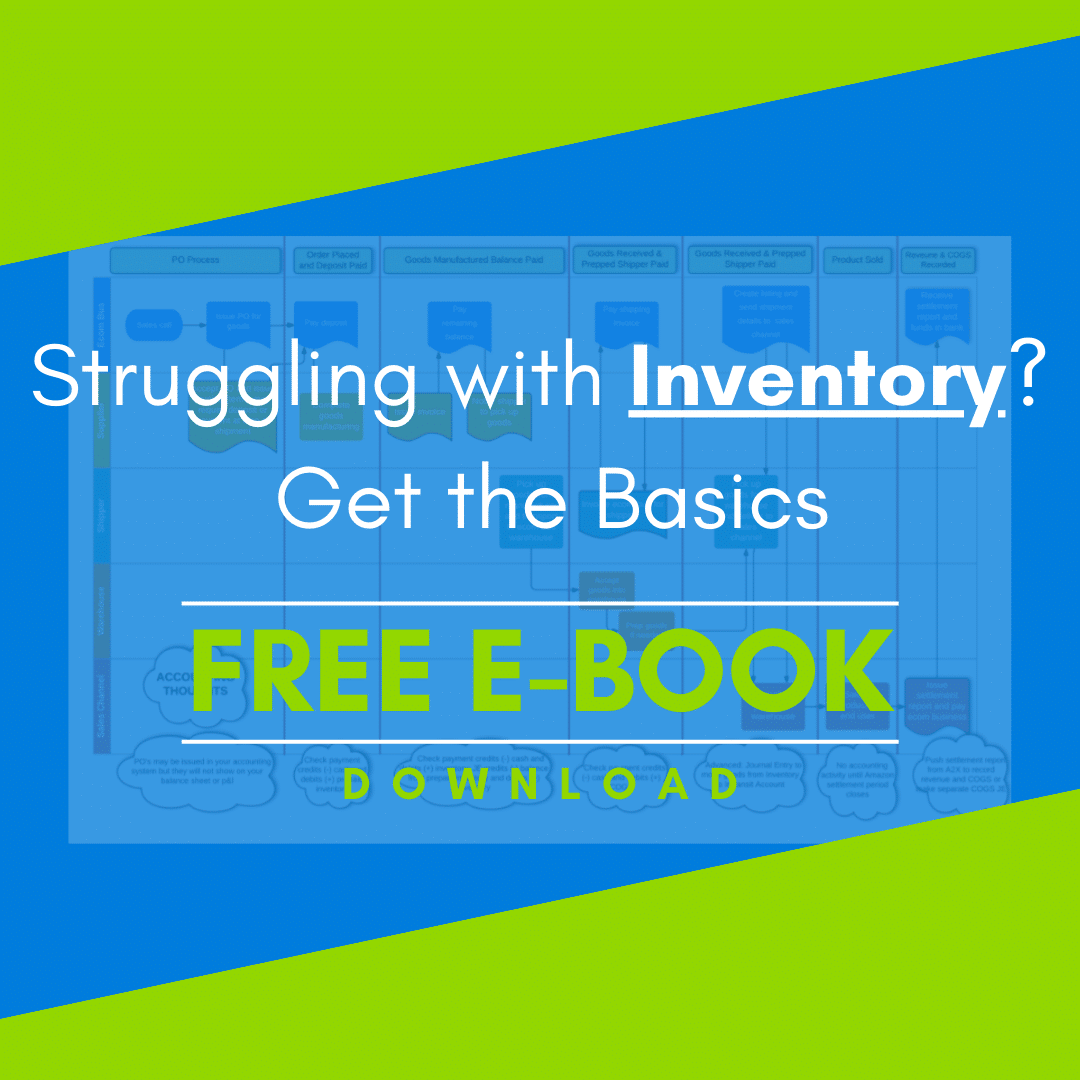
Now that you’re ready to expand, you need to make sure the important things are in order. One of the most important pieces is of course finances. You also need to make a game plan so you can keep yourself on the path of growth!
Finances
Keeping an eye on your finances is a big part of business success. If you’re not careful, you’ll be spending way too much on things that are giving you back way too little.
Budgets & Forecasts
Budgets are based on shorter timeframes (usually a year) and detail out revenue, expenses, and cash flow projections. They help with planning what you want to happen and are typically used in comparisons with actual results. Forecasts are usually based on longer timeframes. They are created with historical data and use assumptions for what you think will happen in the future (like macroeconomics, industry trends, consumer trends, etc). As you enter growth mode, it’s important to spend time planning and looking out ahead of where you are today. You’ll be in a stronger position to proactively run the business instead of being reactive.
Cut Reduce Keep (CRK)
“Don’t Miss Out!” “Limited time deal!” “The gold plan gets you unlimited transactions!” They all sound appealing, but before you know it, you’re up to your eyeballs in Dues & Subscriptions and other recurring expenses. It’s so easy to sign up, but it’s time for Spring cleaning. You need to make sure you’re getting value for the spend. Review your spending – transaction by transaction from the last 3 or 6 months. If an expense is not critical to running the business, analyze if it’s worth the spend. If you truly need it, keep it. If you don’t, cut it. Or at least explore moving to a lower charge tier. Every dollar you spend needs to row the boat forward and not be dead weight against your cash flow.
Understanding Advertising Expenses
There’s an alphabet soup of acronyms out there – PPC ROI, TACOS, ROAS – and marketplaces make it easy to spend, spend, spend on advertising. However, it’s very important to understand what’s going on. Start at the portfolio level and calculate the advertising percentage of revenue. You’ll need to drill down at the SKU level whenever possible. Each SKU needs to contribute at the Gross Margin AND Contribution Margin levels.
Strategies may vary by SKU. You might have lots of room for advertising with one product, but be very tight on another. Is it a gateway product that brings people in, and they usually end up buying more? If not, you need to re-evaluate the viability of the product. A scenario we’ve seen repeatedly – when launching a new product, margins are great and you don’t need to do lots of advertising… but over time, competition heats up with downward pricing pressures and the only way you make a sale is with advertising. Definitely an area that needs your attention!
Revisit Product Margins
You’ve launched profitable products! But nothing stays still – especially product related expenses. Raw materials, customs/duties, shipping, packaging, fulfillment fees, marketplace costs, PPC requirements… these are all good candidates for assuming changes. You need to revisit your margins regularly. This doesn’t need to be weekly, or even monthly. Aim for this as a quarterly activity. Something that was profitable at launch may tell a different story now.
Planning
Having a plan is always the best way to be prepared for anything, and success is no different. If you’re ready to grow, making a plan is the best way to start.
Side Business Opportunity Evaluation
Look, squirrel! Ah yes, the shiny object problem. As you gain momentum and see initial successes, there will be new opportunities. New products, new product lines, side investments. Some might be a great fit and deserve resources – but some may be money & time eating monsters that don’t fit. Develop a framework for reviewing these exciting but potentially distracting projects. Don’t forget to still give love to your core products and projects – the ones that are keeping the lights on now. If you need additional motivation so you can spend time on shiny objects, know that the more you build out processes, structure, a clear road map, the more time you’ll have for exploration.
Implement a KPI Dashboard
You can manage what you measure. Spend time setting goals and developing your KPIs – key performance indicators. You might have some unique KPIs to your business, but there are a few key ecommerce KPI’s to get you started:
- Revenue – If you want to increase this year’s revenue by 20%, how are you doing each month and are you on target for the goal? · Profit Margins: Gross, Operating, Net. See “Understand Your Margins” from Get the Wheels Moving – Financial Data & Cash Management.
- Inventory Days – How much inventory runway do you have? Too much inventory on the shelf getting stale? That’s a lot of locked up cash. Too little inventory on the shelf? That’s not a good situation either – you probably can’t keep up with sales and run out-of-stock risks.
- Advertising Contribution Margin – how much money is left, after advertising costs, to cover remaining Operating Expenses and ensure a Profit?
- Advertising Common Size – your advertising as a percentage of revenue
- Operating Cash Flow – the cash generated by the operating activities of the business (for example, production costs, sales, delivery, operating expenses, accounts receivable and accounts payable)
- Net Cash Flow – the cash flow remaining after operating, investing, and financing activities. Financing activities are things like lender interest payments or shareholder/owner distributions.
Choosing specific KPIs to measure and track company goals will guide you in decision making.
Industry Benchmarking
While KPIs are more internal to your business, industry benchmarking is a great way to understand how you are doing related to your competition. It can guide your decisions and give you ideas on areas you need to work on. Financial metric benchmarks can be particularly fruitful for analysis and decision making! If you are spending way more on marketing compared to your competitors while getting the same revenue… that will prompt you to put on your detective hat and dig in.
What are the typical Gross Margins for businesses like yours? If you find out that yours are lower than your competition, you’ll have a hard time competing over the long term with less cash for operations. Like most things, this is a tool for the tool box – it can track & measure progress and help you manage growth.
Impartial Advisors
You are the most knowledgeable person in your company and you’ve got your finger on the pulse, but you’re also down in the weeds and sometimes you are making decisions based on gut and feelings. You also may have employees or contractors who just say “Yes, good idea!” This is when having someone with less “feelings” can be helpful! Someone to ask questions from an objective position. Someone to ask about the numbers. Someone to gut check your decisions. Some of these scenarios might feel familiar:
- When a client just had to launch specific “XYZ” product… but didn’t give enough attention to costs & implementation… or profitability.
- When a client needed $50K for a new product launch… but didn’t consider other upcoming expenses, and created a cash flow crunch.
- When a shiny object side business opportunity took a client’s eye off the ball of their primary business… and triggered a revenue & profit dip.
Sometimes you need a 3rd party to ask tough and straight questions before you make a big financial decision. And it can come with the extra benefit of holding you accountable to follow through!
Community & Masterminds
While running a business can be exciting and freeing, it can come with loneliness and isolation. And when you’re solo, it may also be hard to approach problems from different angles and see different opportunities. When you turn to communities of people going through the same experiences, it can be empowering. Reaching out to others for feedback, suggestions, accountability, and support can be really energizing. Here are some options to keep in mind:
- Explore joining masterminds where everyone supports each other and, in a sense, becomes an advisory board. · Your research should also include ecommerce communities like eCommerceFuel where you’ll find peers, connections, shared experiences, and education.
- Customers can also be a source of great insight. They find value in your products & services – and they show you this by allocating their money & resources! Have conversations, ask lots of questions, and talk about problems they experience – you’ll be sure to find lots of gold nuggets here!
- Investors can be another great source of feedback & action-taking. Like customers, this is another group that votes with their resources! If they are deciding whether to put money & time into your business, they can be an awesome source of objective views and might help you see things from different perspectives.
By staying on top of your finances, you can definitely plan for the successful growth of your business. Keep a watchful eye on your spending habits, keep yourself focused, and know what direction you’re heading, and you’ll be growing in no time.
If you need help organizing or understanding your finances, or setting up a plan for moving forward, bookskeep can help! Reach out to the team today!
Do you know about Cyndi’s new book?
Motherhood, Apple Pie and all that Happy Horseshit

“You’re about to discover the recipe for successful momma entrepreneurs.”
Business is Personal
As a Mom, you can have it all and it’s better when you do. Using your personal values to create the business of your dreams. By the end of this book you’ll be confident in designing a business that supports your family and yourself. Order Now!
Interested in Profit First?

You can also sign up for the Profit First for Ecommerce Sellers Online Course. As a Mastery Level, Certified Profit First Professional, I will teach you why Profit First works so well for ecommerce businesses and the particular challenges for businesses that have physical products requiring inventory management. You will learn how your behavior drives your money management habits for your business and how you can set up your business bank accounts to work with your habits.
Check out all our ecommerce accounting and profit advising services here!




Leave a Comment